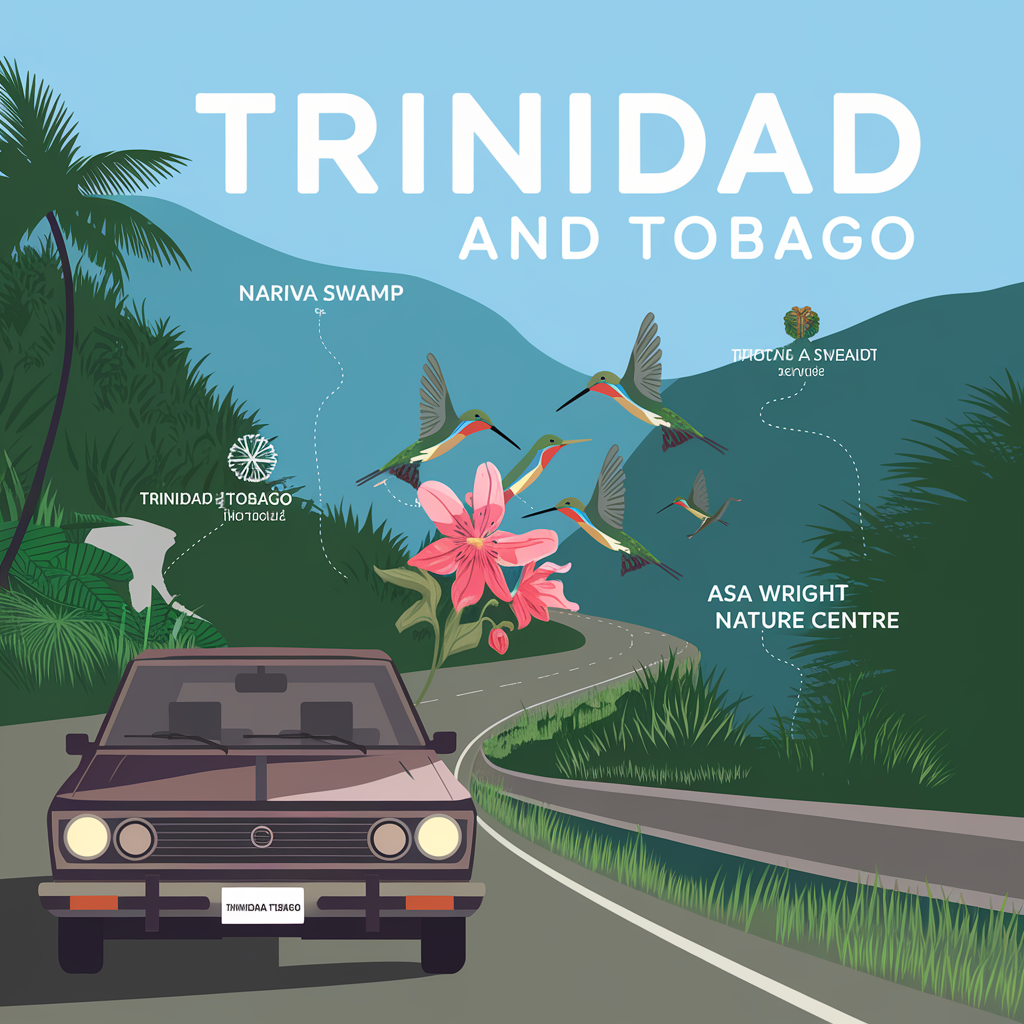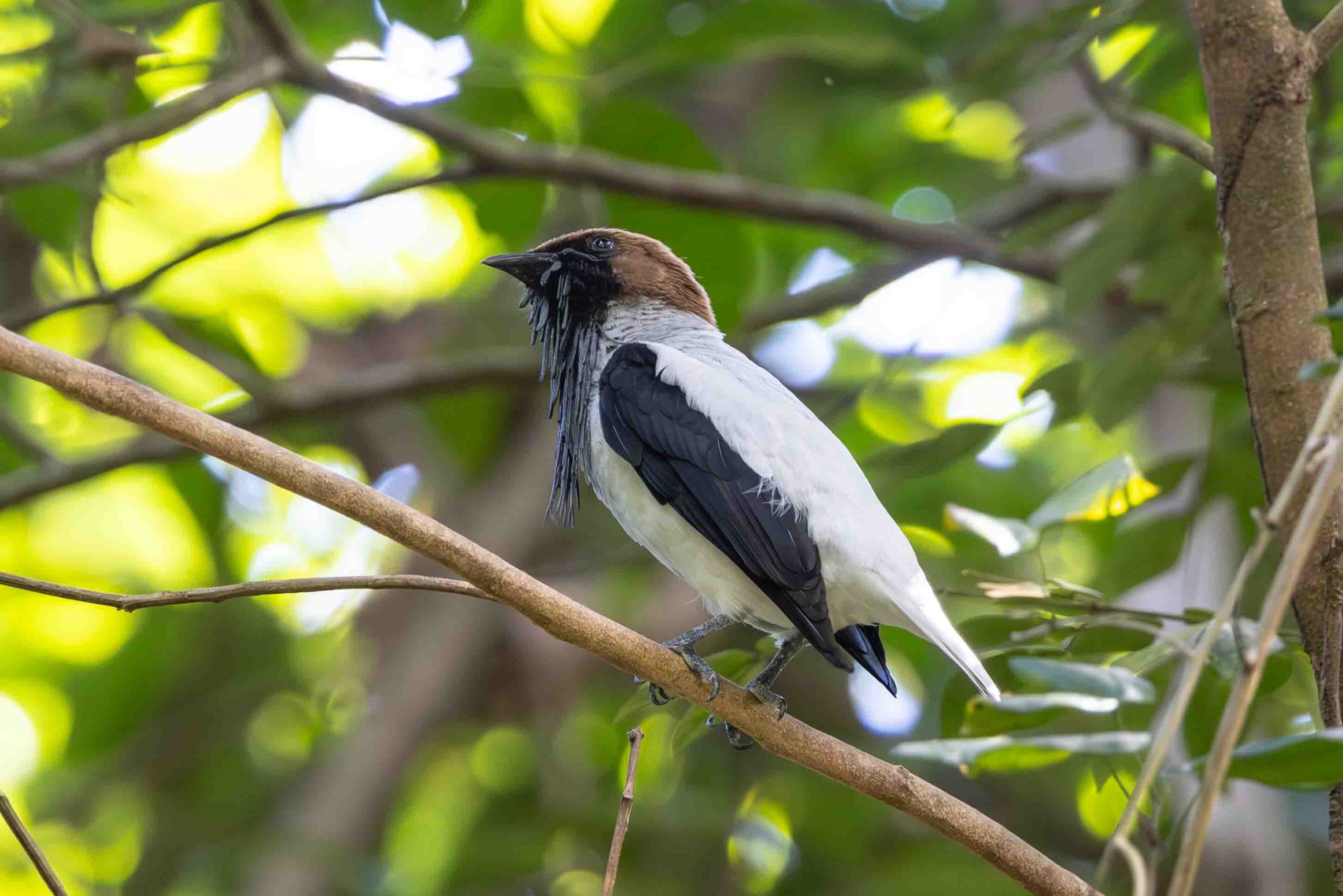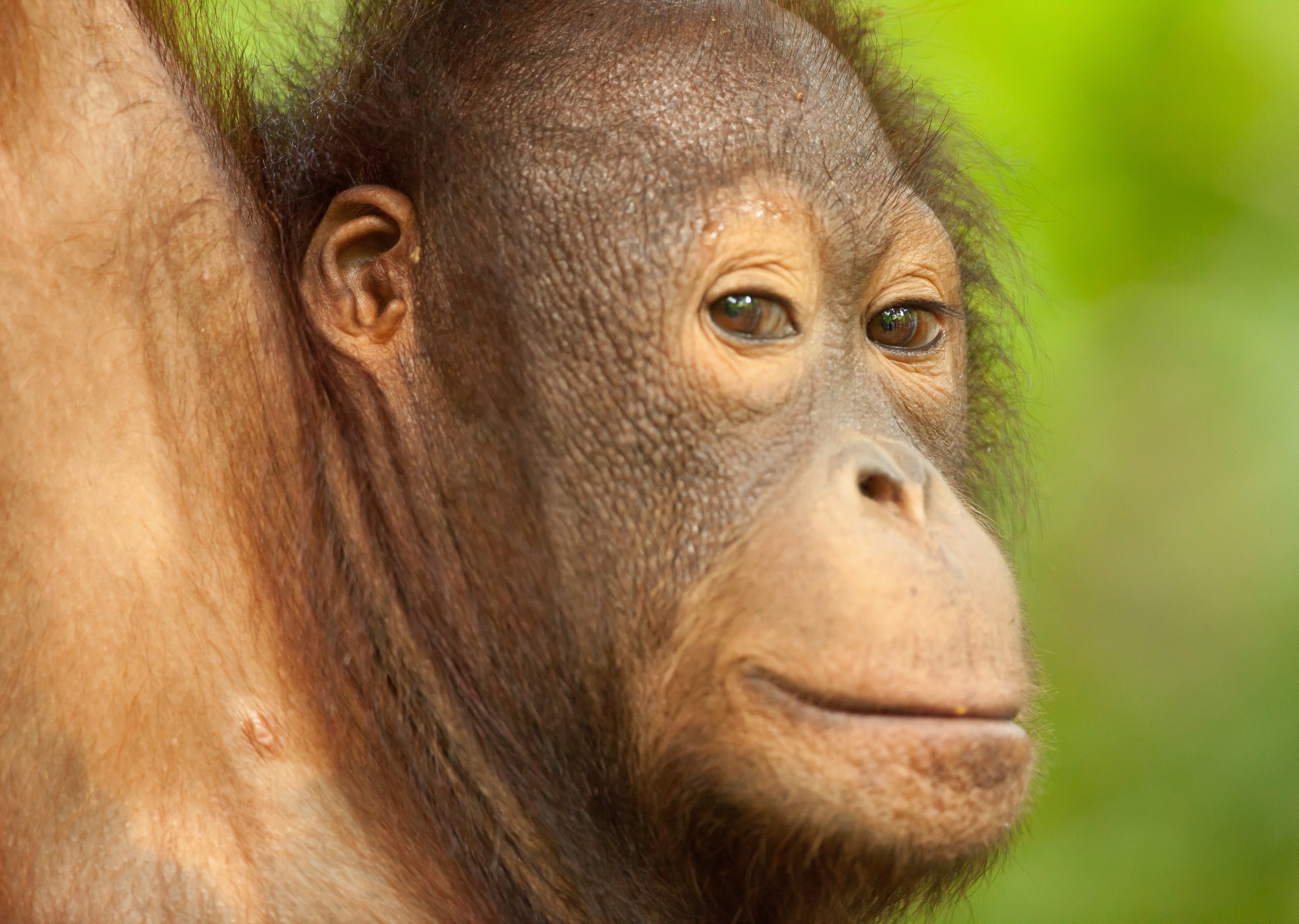
Trinidad Birding Tour: In Search of Island Specialties
Asa Wright Nature Centre
Our journey began at the legendary Asa Wright Nature Centre, nestled in the Northern Range’s verdant mountains. Dawn broke over the colonial-style veranda as we watched Purple and Green Honeycreepers vie for position at the feeders. The endemic Trinidad Motmot announced its presence with its distinctive “whoop whoop” call before making an appearance in a nearby immortelle tree, its racquet-tipped tail swaying gently in the morning breeze.
The Centre’s famous Oilbird cave provided one of the tour’s highlights. After a steep descent into Dunston Cave, we observed these extraordinary nocturnal birds roosting on their rocky ledges, their red eyeshine reflecting our guide’s carefully directed flashlight. The cave holds one of the most accessible colonies of Oilbirds in the world, making this prehistoric-looking species a must-see for any serious birder.
Endemic Species Success
Throughout our stay, we successfully located all of Trinidad’s endemic subspecies:
The Trinidad Motmot revealed itself multiple times at Asa Wright, often perching prominently during early morning feeding sessions. The Trinidad Piping-Guan, locally known as “Pawi,” required more effort, but we finally spotted a pair feeding in the canopy at Grande Riviere. The Trinidad Euphonia proved relatively common around the Centre’s feeders, its distinctive yellow and blue plumage catching the morning light.
Caroni Swamp and Scarlet Ibis Spectacle
The tour’s crescendo came at Caroni Swamp, where we witnessed what many consider Trinidad’s finest natural spectacle. As sunset approached, we positioned our boat in a sheltered lagoon surrounded by mangroves. First by dozens, then by hundreds, Scarlet Ibis began returning to their roosting sites. The birds transformed the green mangroves into a living tapestry of brilliant crimson. Final count estimated over 2,000 ibis, along with various herons, egrets, and roosting Boat-billed Herons.
HADCO Experience
The HADCO property provided an unexpected highlight. This private estate offered excellent lowland forest birding, with specialties including:
- Channel-billed Toucan: Several pairs observed feeding in fruiting trees
- Bearded Bellbird: Males calling from exposed perches, their distinctive “bonk” echoing through the forest
- White-bearded Manakin: Active lek site with males performing their distinctive moonwalk display
- Ruby Topaz Hummingbird: Several males displaying their spectacular iridescent plumage at flowering trees
Grande Riviere and Piping-Guan Success
The northern coastal town of Grande Riviere provided our best encounters with the endangered Trinidad Piping-Guan. Pre-dawn positioning along the river valley paid off as we observed multiple guans feeding in the canopy of immortelle trees. This area also provided excellent views of Trinidad Motmot and both species of trogons.
Notable Species Count
Over the week-long tour, we recorded:
- 171 bird species
- All endemic subspecies
- 14 species of hummingbird
- 8 species of trogon and motmot
- 12 species of raptors
Conservation Notes
The trip highlighted both conservation successes and challenges. While the protected Caroni Swamp continues to support impressive numbers of Scarlet Ibis, the Trinidad Piping-Guan remains critically endangered. Ongoing conservation efforts, particularly around Grande Riviere, offer hope for this species’ survival, though habitat loss continues to pose significant challenges.
Logistics and Recommendations
The combination of Asa Wright Nature Centre as a base, complemented by excursions to Caroni Swamp, HADCO, and Grande Riviere, proved ideal for experiencing Trinidad’s avian diversity. Early morning starts were essential, particularly for the Piping-Guan searches. The December timing provided excellent weather and coincided with peak activity at the Caroni Swamp roost.




Leave a Reply